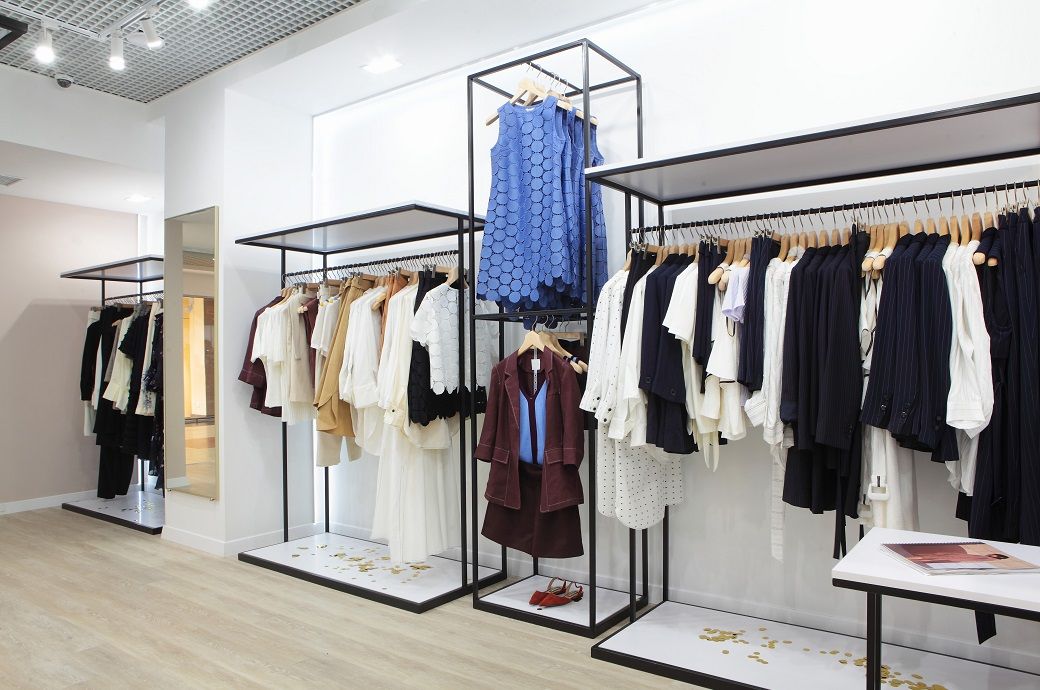

US’ apparel and fashion sourcing executives have reported growing sourcing risks in 2024, ranging from navigating an uncertain economy and managing forced labour risks to responding to shipping disruptions and rising geopolitical tensions, according to the 2024 Fashion Industry Benchmarking Study by the US Fashion Industry Association.
Over half of the respondents identified ‘inflation and economic outlook in the US’ and ‘managing forced labour risks in the supply chain’ as their top business challenges for the year. Additionally, ‘shipping delays and supply chain disruptions’ and ‘managing geopolitics and other political instability related to sourcing’ have newly emerged among the top concerns. About 45 per cent of respondents rated ‘protectionist trade policy agenda in the US’ as a top challenge, up from 15 per cent in 2023.
While the overall pressure of sourcing costs eased in 2024, with more respondents expecting only a slight cost increase, higher cost pressures from ‘labour costs in factories,’ ‘compliance with factory, social and environmental regulations,’ and ‘shipping and logistics’ were reported. However, the sourcing and business outlook for 2024 showed modest improvement from the previous year. Over 60 per cent of respondents expect growth in their companies' apparel sourcing value or volume, a notable increase from the previous year, as per the study.
Additionally, over half expect profit margins to improve somewhat, and 75 per cent feel optimistic or somewhat optimistic about the next five years, with large-sized companies more optimistic than smaller ones. Over 90 per cent plan to increase hiring over the next five years to support business growth.
US fashion companies are leveraging sourcing diversification to mitigate growing risks and market uncertainty in 2024. Respondents reported utilising 48 countries for apparel sourcing, up from 44 in 2023. Nearly 70 per cent of large companies source from ten or more countries, significantly higher than in past years, and more small to medium-sized companies are sourcing from six or more countries. Nearly 80 per cent of respondents plan to source from the same or more countries through 2026, with varied approaches at the firm level—some plan to work with fewer vendors, while others intend to source from more.
Managing the risk of forced labour in the supply chain remains a top priority for US fashion companies in 2024. Companies have adopted a comprehensive approach to comply with the Uyghur Forced Labor Prevention Act (UFLPA) and mitigate forced labour risks, implementing an average of six distinct practices across their operations. More than 90 per cent are making efforts to map and understand their supply chain, including the sources of fibres and yarns in finished products. Nearly 90 per cent report mapping their entire apparel supply chains from tier 1 to tier 3, a significant increase from previous years.
Over 80 per cent are intentionally reducing sourcing from high-risk countries, and 75 per cent have banned the use of Chinese cotton. About 45 per cent are exploring sourcing destinations beyond Asia to mitigate forced labour risks, with fewer respondents planning to cut apparel sourcing from Asian countries other than China directly. Respondents call for greater transparency in US Customs and Border Protection's UFLPA enforcement and suggest focusing on ‘bad actors’ only.
US fashion companies remain concerned about the deteriorating US-China bilateral relationship and plan to further reduce exposure to China. A record 43 per cent of respondents sourced less than 10 per cent of their apparel products from China this year, compared to 18 per cent in 2018. Nearly 60 per cent no longer use China as their top apparel supplier, a significant increase from pre-pandemic levels. While China remains economically competitive in apparel sourcing, non-economic factors like forced labour risks and geopolitical tensions are driving companies to move sourcing out of China. Nearly 80 per cent plan to further reduce apparel sourcing from China over the next two years, with large companies particularly eager to ‘de-risk.’
US fashion companies are actively exploring new sourcing opportunities, focusing on emerging destinations in Asia and the Western Hemisphere. More respondents reported sourcing from India than Bangladesh for the first time since the survey began, with nearly 60 per cent planning to expand sourcing from India over the next two years. Guatemala, Mexico, and Egypt made the top ten most utilised apparel sourcing destinations list in 2024, with improved utilisation rates.
A record 52 per cent of respondents plan to expand sourcing from Dominican Republic–Central America–US Free Trade Agreement (CAFTA-DR) members over the next two years, with most companies viewing this as part of their overall sourcing diversification strategy. However, 75 per cent identified the lack of sufficient access to textile raw materials as a bottleneck for sourcing more apparel from CAFTA-DR members. The US-Mexico-Canada Trade Agreement (USMCA) has also influenced sourcing decisions, with about 65 per cent of respondents sourcing from Mexico and Canada, up from 40 per cent in 2019-2020.
Respondents underscore the importance of the immediate renewal of the African Growth and Opportunity Act (AGOA) before its expiration in September 2025 and extending it for at least another ten years. This year, respondents reported sourcing from seven AGOA members, an increase from previous years. Over 86 per cent support renewing AGOA for at least another ten years, with none objecting to the proposal. About 30 per cent have already held back sourcing from AGOA members due to the pending renewal and associated policy uncertainty, a figure that could rise to half if AGOA is not renewed by the end of 2024. Additionally, 30 per cent emphasise the importance of maintaining flexible rules of origin in AGOA for sourcing from the region.
Fibre2Fashion News Desk (DP)